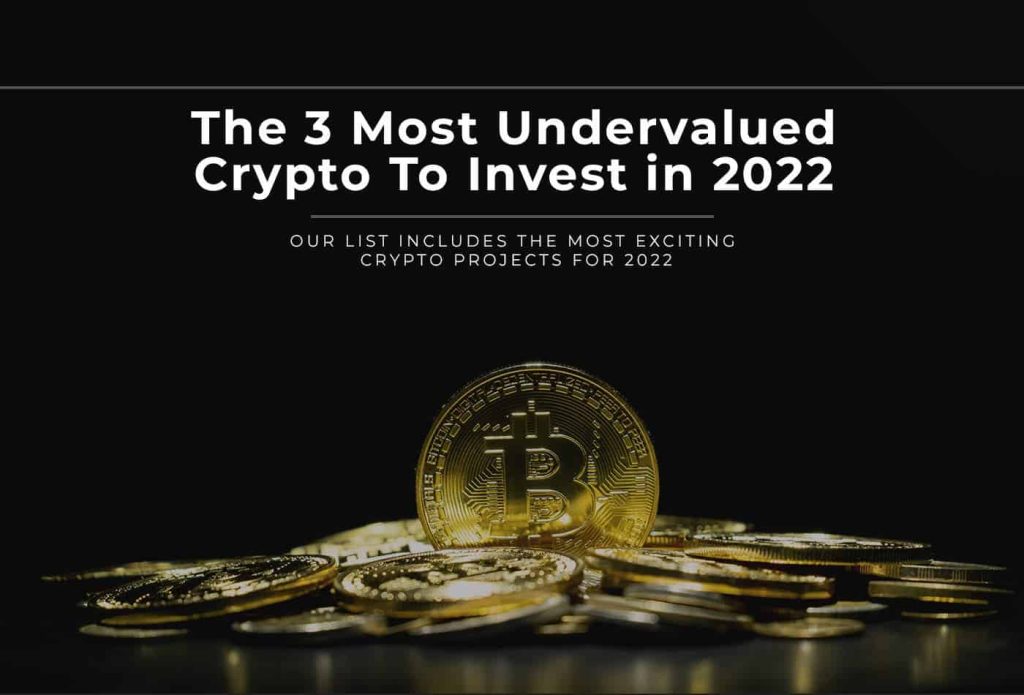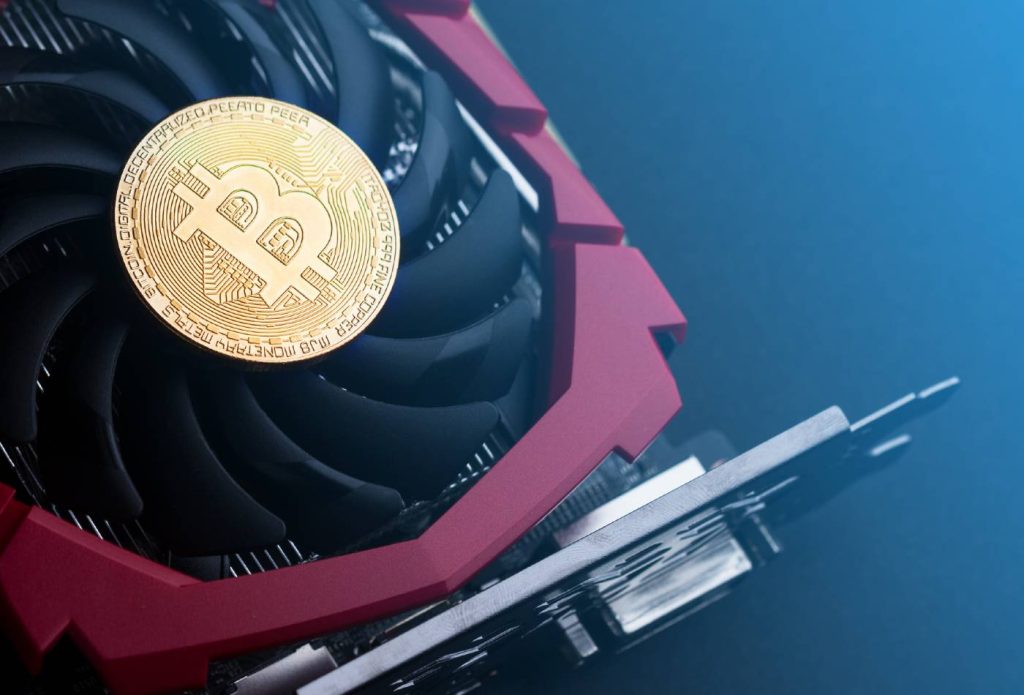This article was last updated on June 10, 2022
With the growth the cryptocurrency market saw in 2021, everyone wants a piece of the cake in 2022. However, the market also saw the rise of many tokens such as Dogecoin, named “meme coins”, that were more of a fad than a solid cryptocurrency with potential. In our list of undervalued crypto for 2022, we will only include tokens that actually have the technology and vision to keep growing in the long-term, as well as the short-term thus we have chosen the 3 best-undervalued cryptos in 2022.
It is more likely than not that the cryptocurrency market will keep growing in the upcoming years. Many use tokens to escape inflation, some use crypto for trading, and others simply believe in the potential of cryptocurrencies. More specifically, they believe that cryptocurrencies will have more practical use in the physical world in the upcoming years.
This is similar to how Tesla, even if for a short period of time, began accepting Bitcoin for purchases. They are not the only ones that had this idea, however. Some other major companies that do accept Bitcoin as a form of payment method are Microsoft, Paypal, Coca-Cola, and many others.
If you want to know what our picks are and why we think they are a fine choice, please read below.
Related: What Are The Best Banks To Use For Crypto In The UK?
Here are the 3 most Undervalued Crypto in 2022
1. Solana (SOL) – Most Undervalued Crypto 2022 On The Market
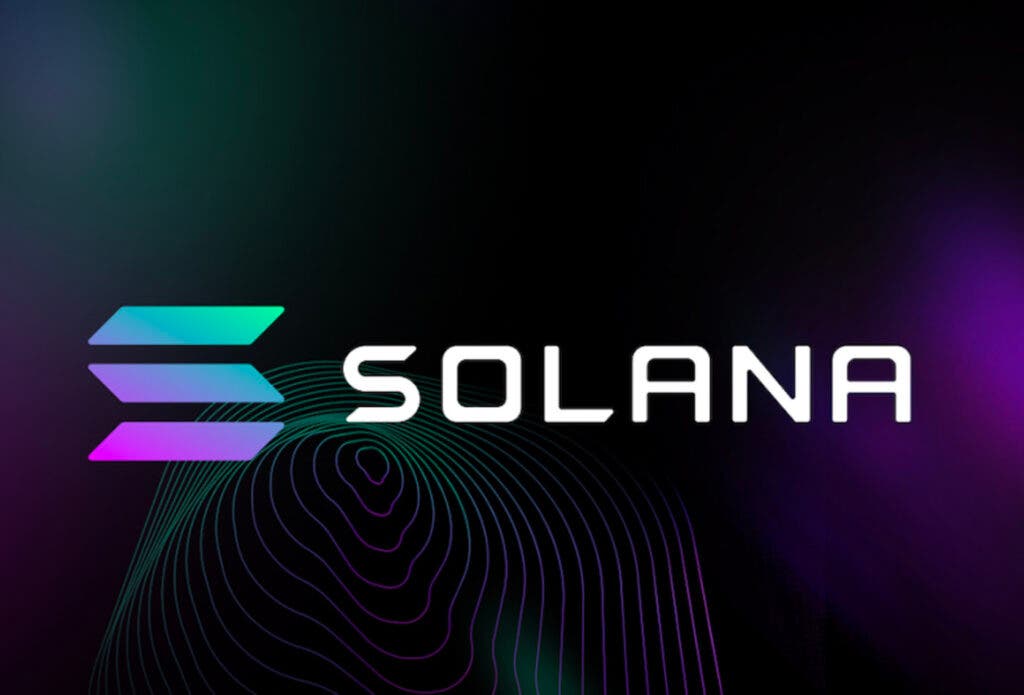
It should come as no surprise that Solana is an absolute necessity to this list of undervalued cryptocurrencies. It’s been a top performer during 2021 and is a direct competitor to Ethereum. Solana currently stands at #5 on the cryptocurrency market in terms of market cap.
The general public is interested in seeing how Solana’s unique technology will compare to those of Bitcoin and Ethereum in the near future. Of course, Solana is still a “rookie”, that got to bloom this year, so the volatility rates are still high. But what exactly is Solana, and how does it operate?
What is Solana (SOL) & Why Will The Crypto Be Undervalued Going Into 2022?
Solana is a Layer 1 blockchain, meaning it runs independently of other cryptocurrencies. Solana is the name of both the blockchain and the cryptocurrency. The Proof of Stake (PoS) blockchain was developed by Anatoly Yakovenko back in 2017 and also uses the innovative technology Proof of History (PoH). The project is open-source and is designed to host decentralized and scalable applications (dApps).
Additionally, Anatoly published the Solana whitepaper back in November of 2017, explaining Proof-Of-History (PoH) in great detail. Put simply, the PoH offers worldwide availability and is a permissionless source of time in the network that takes place before consensus. In other words, it is a sequence of computation, providing cryptographical ways to verify a passage of time between two instances of events.
This leads to many advantages that Solana has over other competitors such as Ethereum. Although, Anatoly Yakovenko publicly stated back in June 2021 that Solana is not aiming to be a direct competitor of Ethereum. Rather, he hopes to see many of these blockchains interrelated, forming a new “world” of possibilities.
Suggested reading: The Ultimate Guide To The Crypto Tax In The UK 2022
Top 3 Advantages of Solana
Transactions Per Second (TPS)
The technology that lies underneath is completely innovative and ultra-competitive. Solana strives to achieve a very high number of TPS (Transactions Per Second), and it actually does just that. Currently, the technology allows for more than 50,000 tps, far exceeding those of Bitcoin and Ethereum. For Example, Bitcoin offers 7 tps, and Ethereum has a potential maximum of 13 tps.
It is completely inarguable that Solana’s PoH (Proof-of-History) offers the best transaction approach available on the market at the moment. In fact, Solana is the fastest cryptocurrency around. As you can see, Solana is light years ahead of everyone in terms of transaction speed, making a statement.
Transactions Fees
Due to how the Proof of History works, Solana computers do not need to complete complex calculations in order to validate transactions, in contrast to Ethereum. This means that the power a transaction consumes is also shallow.
Combining these pros allows each transaction to cost less than $0.00025. To be more precise, if you take the average cost of a transaction, it will take 4000 transactions in order to compile fees of $1.
Smart Contracts, DeFi, dApps, and NFT
Solana’s ecosystem reach goes way beyond only the financial markets, as they are taking steps towards virtual assets and opportunities as well. Solana is currently trying to develop towards the NFT, gaming, DeFi, dApps, and other sectors. This further adds to the spread of the blockchain network, adding an enormous competitive edge.
The ecosystem is one of the first blockchains to facilitate developers in building decentralized applications (dApps). One of the main points of dApps is to cut the middleman. So imagine any service that requires a “broker” of a sort, which takes a cut from both parties. This will allow you to connect to the service provider directly, issuing their service.
Smart Contracts are also something Anatoly implemented to the blockchain, following the example of Ethereum. These contracts, in simple words, are programs that get stored on a blockchain network and run when certain conditions are met. For example, you can use them to make the execution of an agreement completely automatic. This way, everyone is happy knowing precisely what the outcome will be, getting third parties out of the way.
DeFi (Decentralized Finance) is the movement that aims to displace the middlemen of any exchanges, purchases, borrows, etc. This will happen with the implementation of automated, trustless, and secure systems.
Non-fungible tokens (NFTs) saw a surge in popularity in 2020 and 2021. Solana has its own venue called “Solanart“, which operates on the blockchain and is currently the most popular NFT platform. Solana has low entry barriers, allowing many to participate in trading NFTs. This is further fortified by the fact that Solana supports 50,000 tps.
Top 3 Disadvantages of Solana
Questionable Decentralization
Solana is currently not as decentralized as one might hope and think. If you compare the blockchain to other Layer 1 networks, it lacks in that sector due to Solana Foundation. But in order to explain better, we need to approach the case in greater detail.
Solana Foundation is the only commodity developing the code nodes located on the blockchain. This means that even though, according to the Nakamoto Coefficient (NC), Solana is better than Bitcoin and Ethereum in terms of decentralization, it is not as much as it could potentially be.
There are currently over 1300 validators on Solana, which, when compared to other altcoins, is actually impressive.
Inflation
Cryptocurrencies are a great attraction for lots of investors who wish to avoid inflation. This is possible due to the number of coins available. For example, Bitcoin has a hard cap of 21 million coins, where the final coin is predicted to be mined somewhere around 2140.
On the other hand, Solana does not follow this example, thus, doesn’t have a hard cap. The network will be increasing the annual supply of tokens by 8%. Furthermore, the inflation rate will be dropping by 15% every year until it reaches 1.5%, where it will be rooted.
Network Stability
Solana is a relatively new network, so its stability is a bit questionable at the moment, especially as a competitor to the second biggest token on the market. One of the main reasons people like and trust Ethereum is because of the network stability it offers.
On the 14th of September, 2021, Solana experienced intermittent stability. It is not that shocking considering the blockchain is new to the market, but there was something the investors did not like. After the instability event occurred, no particular explanation was provided, aside from what they called “resource exhaustion”. Anatoly Yakovenko mentioned that a similar thing happened earlier the week before.
Price Statistics
It is quite important to go through the history of the token’s price in order to understand the people’s interest in it and how it is performing. Back in 2020, when Solana was made public, its price was around $0.80. In that same year, it reached its peak of $4.78 on the 1st of September. Little did investors know, things were about to change drastically.
In 2021, things started moving rapidly, as new peaks were being reached every month. It got exciting in August when the platform blew up, primarily due to NFTs and secondarily because of crypto gaming. And since September, the price of Solana never dropped below $100.
Solana reached its current peak of $258.93 on the 6th of November, 2021. However, during the crash that same month, cryptocurrencies started losing value. As of currently, Solana is roaming around the price of $40-$45 per token.
Conclusion
Solana got very popular for many reasons, including the fact that it is somewhat trying to tackle the crypto trilemma (decentralization, security, and scalability). It also piqued the interest of many investors due to how many transactions can happen in a single second, which is something no other blockchain network can do. So it comes as no surprise why it is first on our undervalued crypto-list for 2022.
The cryptocurrency is still young and expects a lot of expansion in the sectors of dApps, NFTs, DeFi, etc. A great attraction for many who trade crypto is the fees on transactions because it allows them to do more for less.
It is currently ranked at #5 by market cap, further proving that many are noticing the potential of Solana. Some even say that buying Solana now is like buying Bitcoin and Ethereum in their earlier days.
Taking everything we discussed into account, it seems like Solana is definitely an undervalued crypto that could possibly achieve new heights. If it reaches its potential and no extreme issues occur, Solana is most likely going to keep growing in value.
2. Fantom (FTM) – Slept On & Undervalued Crypto in 2022 With Potential To Blow Up This Year
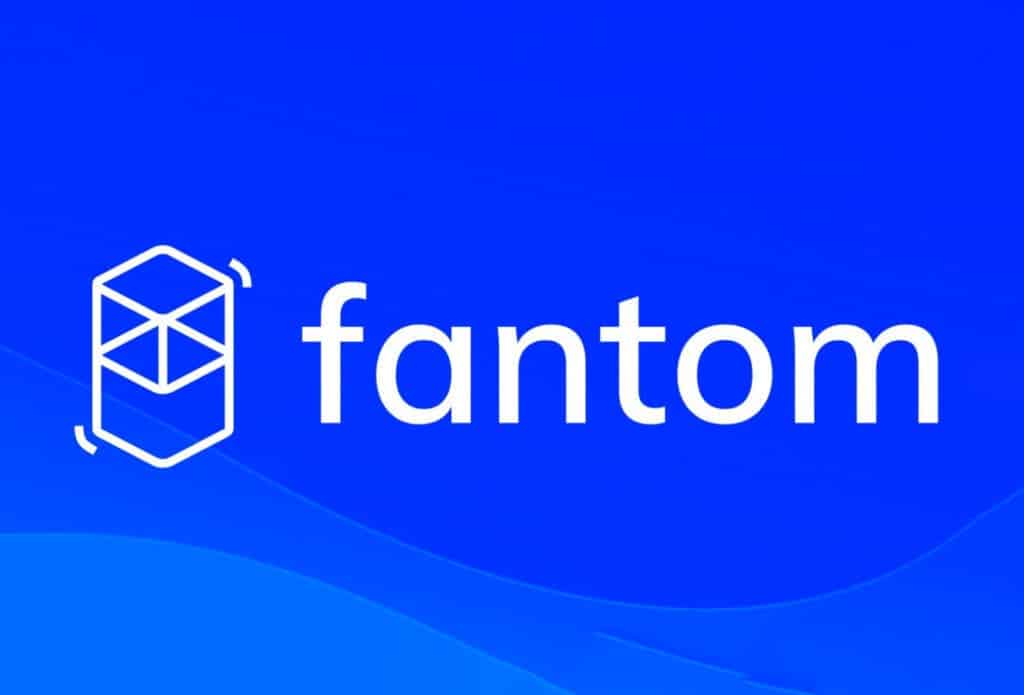
If you haven’t heard about Fantom, chances are you are missing out on a lot. It is a Layer 1 blockchain platform focused mainly on DeFi and such related services, following the origin of smart contracts.
Its main focus is to provide an alternative to Ethereum and aims to provide a solution to the “crypto trilemma”. Aside from that, Fantom also intends to provide higher scalability at lower costs as an Ethereum alternative.
Fantom uses an interesting mechanism called “Lachesis”, setting it apart from the competition as unique. Let’s talk more about the blockchain and its technology in greater detail.
What is Fantom (FTM) & More About Lachesis?
For starters, Fantom is a smart contract platform comparable to Ethereum, Solana, etc.; however, it uses Directed Acyclic Graph (DAG), an alternative to the traditional blockchain. Additionally, similar to the aforementioned platforms, Fantom is permissionless, open-source, and decentralized. The tokens, named after the platform and abbreviated as FTM, power Fantom’s ecosystem and are used for staking, transactions, management, and fees.
Dr. Ahn Byung Ik found the Fantom blockchain back in 2019 with the help of Andre Cronje. The platform’s current CEO is Michael Kong.
The team behind Fantom has extensive experience in the sector of the development of full-stack blockchain technology. They state that the main goal of Fantom is to solve the trilemma by providing a smart contract platform with a great focus on decentralization, scalability, and security, using Lachesis.
Lachesis is Fantom’s combination of Proof-of-Stake (PoS) plus Asynchronous Byzantine Fault Tolerant (aBFT) consensus mechanism. It allows for the network’s nodes to ensure to coordinate timing and order between a number of transactions ensuring security and fairness.
Top 3 Advantages Of Fantom and Why It Is Undervalued Crypto in 2022
Scalability & Transaction Speed + Fees
First off, each network that gets built on Fantom becomes independent from the rest, meaning that traffic cannot affect their stability. However, solving the scalability issue that many of the bigger cryptocurrencies have happens differently.
Fantom gives every application its own unique blockchain, which can be seen as having a number of computers on the same network running each application. Due to the independence of the blockchains, each one can have its own unique tokens and rules. After getting sucked into Lachesis, however, these blockchains can profit from the technology and interact with each other swiftly and securely.
Due to Lachesis, Fantom requires only one confirmation before a transaction is final. There is no official statement as to how many tps Fantom can potentially reach, but it should be well above 10,000. Transactions usually take only 1-2 seconds before completion, making the Fantom network one of the fastest on the market. Additionally, the transaction fees are completely negligible, well below the $0.01 mark.
NFT Marketplace Development
NFTs are getting acknowledged by the Fantom team, who highly support that sector. Currently, the most popular platform hosted on the network is called PaintSwap. Due to how recently Fantom surged into mild popularity, the marketplace is not as massive as, let’s say, Solanart. However, the volume is continuously growing, standing at around 200,000 weekly at this point.
Additionally, as of December 2021, the NFTs are way more affordable than the ones on Ethereum and Solana. Due to this, it is a suitable marketplace for those who are looking for a lower entry or for those who are just getting started. With the potential of NFTs and their adoption, it further adds a reason why Solana is undervalued crypto going into 2022.
Technology
By giving a unique blockchain to every application, the Fantom team seems to have solved the problem of Ethereum’s scalability issue. The consensus mechanism Lachesis is what puts Fantom ahead of many other cryptocurrencies due to the combination of aBFT and PoS. Neither of these is unique to Fantom, but what is unique is the mixture of both.
Additionally, since each block is decentralized, it could be said that Fantom appears to be way more decentralized overall than other big cryptocurrencies.
Top 3 Disadvantages Of Fantom
Not Available On All Major Exchange Platforms
Fantom only started gaining recognition at the start of 2021, so not all major exchange platforms support it. Currently, the bigger ones that do are Binance, Gemini, and Crypto. This could be a reason for many to skip buying Fantom until it appears on Coinbase and Kraken, for example.
Volatility
Just like any other cryptocurrency, Fantom also is a victim of every crash. Actually, it was hit so hard that during the 4th of December, its price dropped by 25%, going from around $2 down to $1.35, and after that hitting its lowest of $1.25 by the 14th of December.
However, this might not matter to you that much if you are someone who plans on investing long-term. Although, if you want to do quick trades, this might play a role in your decision on whether or not to invest in Fantom.
Competition Is Huge
Ethereum, Solana, and Cardano are currently huge players in the crypto market. Each one offers lots of advantages and benefits to its investors. And since Fantom is rather new to its popularity, as well as the market, it is not going to be easy to break through. Its current rank is #59 by market cap, which is the reason we strongly believe it to be a highly undervalued crypto by the end of 2022.
Price Statistics
Let’s start by going through statistics from the earlier stages of Fantom up until the end of 2021. This will give you a better idea of the token’s progress.
Since its public release in 2018, Fantom’s worth was always about $0.02 and has kept such a pace until the beginning of 2021. In May 2021, the price reached a new height of nearly $1, after which it immediately saw a dip that remained for close to three months.
By the end of August/the beginning of September, Fantom’s price skyrocketed, reaching more than $1 worth. After that, Fantom reached its all-time high of $3.4738 on the 26th of October.
In less than two months, the price dropped down to $1.25 on the 14th of December but is now even lower, roaming at around $0.40 due to the crypto market crash. Some Fantom enthusiasts even expect the price to hit the double digits by the end of 2022.
Conclusion
The probability of Fantom undergoing growth in the upcoming year is rather high if we take into notice the mechanisms, advantages, and sectors it is trying to expand to. In general, people believe that smart contract platforms such as Ethereum, Solana, Fantom, etc., have high potential.
Fantom’s ecosystem is definitely underappreciated, which is why we place it second in our undervalued crypto-list for 2022. Its ecosystem allows for the development of dApps, which many think will be part of our future, and also supports the DeFi movement.
The potential listing of FTM on other major crypto exchange platforms such as Coinbase and Kraken will definitely impact its value. It is more natural than not since more people will have access to purchasing FTM, allowing for more volume on the CEXs.
3. Hedera (HBAR) – Best Non-Blockchain Undervalued Crypto in 2022 Overseen By Giant Companies
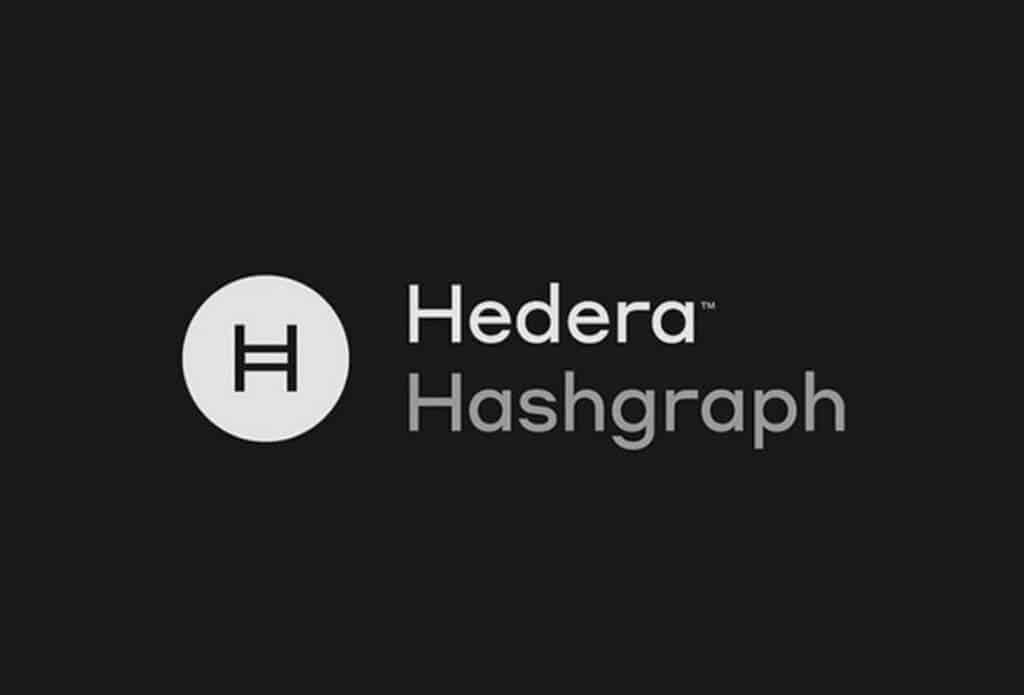
Even if you are not that deep into the cryptocurrency industry, you probably have come across the name Hedera. It initially rose to popularity due to the fact that it does not use the conventional blockchain. Instead, Hedera (HBAR) runs on what is called the Hedera Hashgraph, which we will examine in a moment. It is a more risky entry to our undervalued crypto-list for 2022, but if it lives up to its potential, it can certainly blow up.
It should also be mentioned that Hedera is owned and governed by many household-name corporations such as Google, LG, Boeing, IBM, and more. Each of the companies with ownership over Hedera has its personal node, forming a total of 24 nodes (as of currently).
To get a better understanding of how the Hedera network operates, the Hashgraph works, Pros & Cons, and Price Statistics, keep on reading.
What is Hedera (HBAR) & How Does The Hedera Hashgraph Work?
Leemon Baird and Mance Harmon found Hedera back in 2015. Hedera is a proof-of-stake public distributed ledger with goals for complete decentralization and security of the network. It achieves the same results as the giants that are Bitcoin and Ethereum. However, Hedera’s advantage is that it does so in a more secure, fair, efficient, faster, and stable manner, due to the underlying Hashgraph technology.
Hedera’s native cryptocurrency is called HBAR and is used to power dApps, the network, and its transactions and payments.
Baird was the one who actually developed the Hedera Hashgraph in the mid-2010s. The technology is patented and is only used by Hedera Hashgraph. The Hashgraph is a distributed ledger technology (DLT) and an alternative to blockchains. Unlike conventional blockchains, hashgraphs do not use miners to validate transactions and payments.
Instead, the Hashgraph uses the “gossip about gossip” protocol. The “gossiping” happens between the network nodes, coming to a consensus on transactions. This is how the history of the transactions corresponds with one another. Furthermore, this results in a Directed Acyclic Graph (DAG) called a hashgraph.
Reportedly, the network can handle up to 10 000 tps, which is yet to be tested and confirmed. However, if that is true, it places is amongst the best performers in that field.
Top 3 Advantages Of Hedera and Why It Is Undervalued Crypto in 2022
Unique Hashgraph DLT
Without a doubt, the biggest advantage of Hedera is its own unique Hedera Hashgraph DLT. It offers many benefits and performs better than most blockchains. This includes the speed, stability, security, and fairness of transactions and payments. Since it is also patented, no other cryptocurrency can use the Hashgraph technology.
This also allows developers to create powerful and efficient dApps, due to smart contracts. Additionally, Hedera Hashgraph claims to offer the benefits and advantages of all blockchain networks but in an even better way.
Stability and Transaction Fees, Speed, Energy Consumption
Due to the patent of the Hedera Hashgraph and its security, it differentiates itself from other DLTs. Without the key stability infrastructure, DLTs are predisposed to instability and potentially – collapse. Even in Hedera’s white paper, it is stated that there are five fundamental obstacles they want to tackle. These include performance, security governance, stability, and regulatory compliance.
Furthermore, there are 24 nodes, as of currently, owned by some of the biggest enterprises out there. This further ensures the stability of the network. You can even check their status page to see the percentage of uptime in the last 90 days (Hint: it is always 100%).
Another great benefit of HBAR is the block time and the transaction fees. The block time essentially means the maximum time it will take for transactions to be completed. In the case of HBAR, the finality of a transaction happens within 3 to 5 seconds. Inarguably, this is a remarkably short transaction time, allowing for swift buying and selling.
The average transaction fee of HBAR is $0.0001, which is entirely negligible. This means that even if you were to make 10 000 transactions, the HBAR fees would still barely reach $1.
It is a well-known fact that cryptocurrencies drain a lot of energy, which’s consumption will prove to be a problem in the long term. For example, even if you don’t know much about kWh, you will easily see the difference between Bitcoin, Ethereum, and Hedera. Hedera drains 0.00017 kWh pts (per transaction), while Bitcoin drains ~880 kWh, and Ethereum drains ~100 kWh.
Focus On dApps
Back in September of 2019, the Hedera Hashgraph announced that it would be allowing developers to work on decentralized apps.
Further, Leemon Baird said, “Today, we welcome developers globally to build decentralized applications on our platform and are excited to see what they will build. With Open Access, our council members have also begun running nodes, marking the next step in our journey to become the industry’s most decentralized public network.”
This is a very important feature because dApps are an inevitable part of the future. Of course, their mass adoption is yet to come. According to crypto investor Matthew Roszak, co-founder of the DeFi platform Vesper, the dApps market can become an $800 billion industry by the end of 2022.
Top 3 Disadvantages Of Hedera
Not Listed On Some Major Crypto Exchanges
Hedera is listed on crypto exchange platforms such as Binance, KuCoin, Huobi Global, Bybit, and other huge platforms. However, there are some platforms such as Coinbase and Kraken that do not support the trading of HBAR. This limits the reach of the token, which directly influences its current price.
Of course, there is light in the tunnel, as HBAR keeps growing in popularity. However, back in July of 2020, Coinbase announced it was looking to support HBAR.
Unfortunately, later the same year, in October, Coinbase released a new “full list”, but this time HBAR was missing. If it gets listed to Coinbase, then it definitely is undervalued crypto going into 2022.
Fewer Nodes Bringing Decentralization Under Question
Distinguishing between the decentralization of the consensus mechanism and the governance is essential.
The hashgraph algorithm is highly decentralized as there are no particular leaders, miners, block producers, etc. Currently, there are 24 nodes, which is far from Hedera’s goal. Their main objective is to allow any organization or individual to run a node until it reaches millions of different nodes.
On the other hand, we have the governance model Hedera uses. Everyone part of the Council will have equal voting rights. Additionally, they will be limited to a 3-year term, except for Swirlds, the company that owns the license for the hashgraph technology. According to them, this brings for decentralization, even if a bit differently.
The tricky part is that the Council consists of multi-billion dollar giants, which some might be skeptical about, as there still is some sort of centralization going on. Although each of these companies is spread across different regions and industries, it could be seen as a double-edged sword.
No Staking Currently Available
It is well-known that HBAR cannot be mined, however, staking (or POS) is not yet available as well. According to the official article published by Hedera, the plans to introduce the staking of HBAR are coming soon. Furthermore, the staking of HBAR is going to weigh the voting power of a node on transactions, when reaching consensus.
If implemented, this will result in “bad actors” have a difficult time influencing maliciously the consensus. Put into perspective, one will need at least one-third of the total network supply staked, in order to weigh over the mechanism.
Price Statistics
HBAR is currently in the top 35 cryptocurrencies by market cap with a value of around $6 billion.
Back in 2019, when HBAR was publicly released, it was worth less than $0.01 and circled around it until 2021. Similar to most other cryptocurrencies it also saw new heights in 2021, due to the crypto hype. In February, the price was around $0.10, but it quickly skyrocketed to $0.40 in March, which is a 300% growth. For a month, the price was as stable as a token’s price can get without being a stable coin.
HBAR’s reached its current peak of just over $0.50 on the 15th of September, but since then experienced a dip. The token’s price currently pivots around $0.08.
Conclusion
It should come as no surprise that we are adding HBAR to our undervalued crypto list for 2022, after reviewing and analyzing the token. However, it should also be clear now why we expect Hedera to experience fresh growth in the foreseeable 12 months. According to HBAR supporters, the price of the token can even reach $3 by the end of 2022.
An advantage Hedera has over many cryptocurrencies is its partnerships with major multi-billion dollar companies. If you look between the lines, it is obvious that Hedera is aiming to create a platform for these companies. More specifically, a platform where they can develop and deploy decentralized applications (dApps).
Another reason why HBAR’s price might surge is its potential listing on Coinbase and Kraken. Usually, once a token is available for purchase on these platforms, its price rises.
Read more: The Best Penny Cryptocurrencies To Invest In 2022
Closing Words
Of course, it is not an easy task to distinguish between undervalued crypto and one that will fail in 2022. However, a thorough analysis can give insight into the probability of a token’s growth. For example, there are many coins like Dogecoin, Shiba Inu, etc., that are just a fad, even if they experience growth. And then there are Solana, Fantom, and Hedera, which are backed by many for their great benefits, development, and future vision.
Just like with any type of asset trading, there are also no certainties in the crypto market. This is evident if you look at the high volatility of the industry.
Also, there are many cryptocurrencies on the market that are not seeing the growth they deserve, proportionately to what they offer. This can sometimes depend on the marketing of the token, or its backers, which is a reason why we can only speculate.
On a brighter note, if you are a believer in the future of cryptocurrencies, then you know for a fact that the bullish cycles will keep on coming. These cycles ensure that many cryptocurrencies will be seeing growth. We believe that our three picks for the best-undervalued crypto in 2022 will be part of the tokens that will be seeing enormous gains in the next 12 months.

